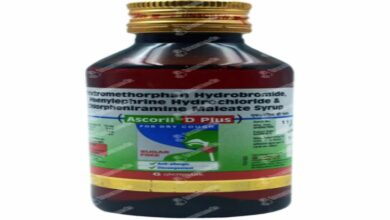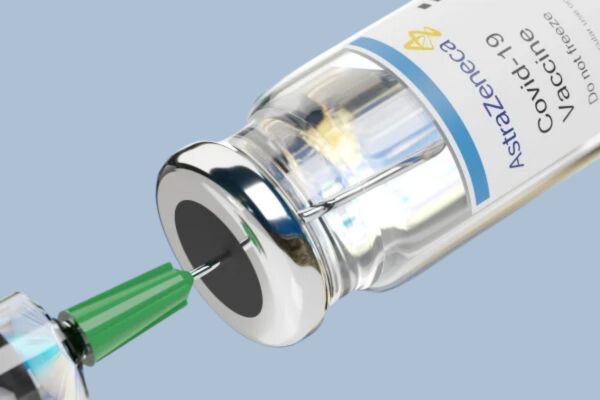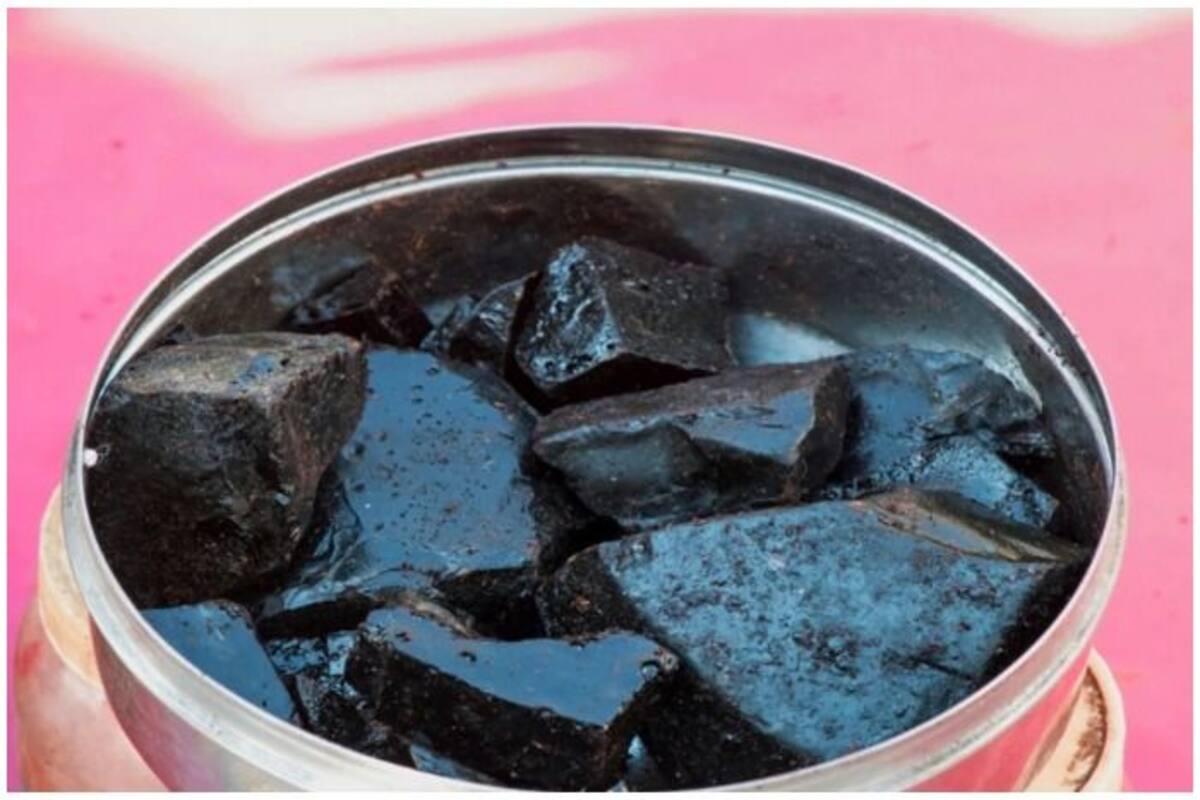Fever refers to a higher-than-normal body temperature. It is commonly defined as having a temperature above 100.4 F (38 C). Fevers are not an illness; they act as a vital sign that something else might be amiss, usually an underlying infection.
Understanding the physiology of temperature regulation, recognizing common fever patterns, identifying potential causes, and knowing treatment approaches can help assess and manage fevers appropriately to guide optimal recovery.
How Body Temperature is Regulated
Human body temperature hovers within a safe range primarily through the hypothalamus section of the brain. It’s akin to the body’s internal thermostat. When we exercise or if external temperatures rise, the hypothalamus kicks in, bringing our temperatures back to normal ranges through mechanisms like sweating or dilating blood vessels. Also, getting a fever test would be a great option to get your body temperature checked.
Factors like age, hormones, medications, and illness can temporarily affect the hypothalamus, potentially altering this regulation and raising body temperature, causing a fever.
Common Fever Symptoms
When fever strikes, our bodies tend to exhibit an array of symptomatic reactions. Recognizing some of the most common physical and behavioral manifestations of elevated temperatures can help gauge fever severity and determine suitable interventions. The fever profile test is a comprehensive screening that includes various blood tests to identify the underlying cause of a fever, such as infections or autoimmune diseases.
Body temperature itself may be the most apparent fever marker. However, the magnitude of thermal spikes can vary based on factors like age, time of day, etc. Using a reliable thermometer identifies the extent accurately. In addition, sensory feelings of skin warmth flushed facial appearance, and heat around the armpits and joints help gauge temperature rise qualitatively.
Flu-like symptoms often accompany fever episodes. These include profuse sweating, chills-induced shivering, and extreme fatigue – almost a general whole-body discomfort that saps regular energy levels, forcing us to slow down. Fever sufferers affecting nutrition also routinely note the loss of normal appetite and dietary interest.
Furthermore, certain local tissue inflammations translate into body aches and headaches during fever – aggravating underlying migraines or arthritic joint pains. Sinus pressure, sore throat discomfort, and inflammation are also reported due to associated infection factors.
While low-grade temperatures under 102°F mainly induce mild unease, sustained high-grade fevers over 103-104°F spark greater malaise in patients. Without appropriate treatment, these run the risk of febrile seizures, especially in vulnerable groups like infants and elderlies, indicating medical emergency scenarios for urgent care. Tracking patterns and acting judiciously is key.
Moreover, A fever panel test is a collection of specific tests conducted together to diagnose the cause of fever, including tests for viral, bacterial, and other infectious agents. So, you can also choose this test.
Causes of Fever
There are several potential causes of fevers, including:
- Infections: Fevers frequently signal underlying infectious agents like viruses, bacteria, fungi, or parasites at play – essentially, the body’s immune response trying to eliminate the foreign organism. Typical sites of infection include respiratory, urinary tract, skin, intestines, etc.
- Non-infectious causes: Certain inflammatory conditions like autoimmune disorders can also spark fevers. Factors like blood transfusions, heat exhaustion, inflammatory bowel disease, or cancer could elevate temperatures.
- Medications: Specific medicine classes called antipyretics work by lowering fevers that accompany infections. But paradoxically, some drugs/vaccines may elicit side effects of fever for a limited duration before improving conditions in the long run.
The fever profile test list typically includes a complete blood count, erythrocyte sedimentation rate, C-reactive protein, and tests for common pathogens. So, consult your doctor for the help.
Types of Fevers
Key fever patterns include:
1. Continuous fever: When we envision viral fever, continuously elevated temperatures are the stereotype – slightly higher thermometer readings that persist through day and night. For example, bad colds may cause sustained low-grade fevers across 24 hours. The hypothalamus thermostat resets to a higher level temporarily. Feeling warm, sleepy and monitoring hydration becomes key.”
2. Intermittent fever: In contrast, certain fevers intermittently spike and retreat in periodic cycles of highs followed by seemingly normal temperatures before elevating again. This stop-start pattern typically aligns with light and darkness. Late afternoon/evening peaks of 103°F for a few hours settling to near 98°F in early mornings is one such rhythm, noting daily highs and lows.
3. Remittent fever: Remittent fevers also demonstrate periodic spikes but lack an actual “normal” phase – temperatures never fully normalize but keep fluctuating between higher and relatively lower levels through day and night. This more persistent wave pattern indicates sustained immune activity. Careful hydration and rest balance the rollercoaster.
4. Other patterns: Beyond daily cyclic fevers, certain rare dramatic fever spikes manifest cyclically every few days without many intermittent normalizations. Pel-Ebstein fevers are periods of high fever around 104° lasting for 2-3 days, followed by 1-2 days of slight relief hovers – but no real non-fever stages. This dramatic multi-day oscillation requires close medical monitoring.
Treatments for Fever
Essential fever management focuses on keeping the person comfortable and maintaining hydration while underlying causes are addressed. Key aspects include:
- Acetaminophen/Ibuprofen for temperature regulation only if causing discomfort
- Avoiding overdressing or exposure to extreme temperatures
- Drinking adequate warm fluids like soup, tea
- Light, nutrient-rich foods like fruits and vegetables
- Monitoring Temperature trends hourly
- Seeking medical care if symptoms worsen or persist over days
Conclusion
Fevers signify immune activity, often due to underlying infections. While mostly harmless initially, persistently high fevers can be problematic. Tracking fever patterns and likely causes and managing discomfort levels judiciously while determining etiology is crucial to recovery. However, dramatic elevations over 104 F indicate medical emergencies requiring urgent interventions to prevent adverse outcomes, especially amongst vulnerable populations.

 Community Health Initiatives: How Local Engagement Improves Overall Well-being
Community Health Initiatives: How Local Engagement Improves Overall Well-being Unlocking the Benefits of Medicare Part D Plans for 2025
Unlocking the Benefits of Medicare Part D Plans for 2025 Comparing Ascoril D Plus with other cough syrups and expectorants on the market
Comparing Ascoril D Plus with other cough syrups and expectorants on the market AstraZeneca’s Covishield To Cause Rare Yet Serious Side Effects
AstraZeneca’s Covishield To Cause Rare Yet Serious Side Effects Reinforce Your Smile: Discover the Benefits of Hydroxyapatite Toothpaste
Reinforce Your Smile: Discover the Benefits of Hydroxyapatite Toothpaste Shilajit for Women: Balancing Hormones and Supporting Wellbeing
Shilajit for Women: Balancing Hormones and Supporting Wellbeing Learn All About Truck Accident And What a Truck Accident Lawyer Can Help
Learn All About Truck Accident And What a Truck Accident Lawyer Can Help IIT-K and BFI collaborate to drive healthcare innovation in India
IIT-K and BFI collaborate to drive healthcare innovation in India